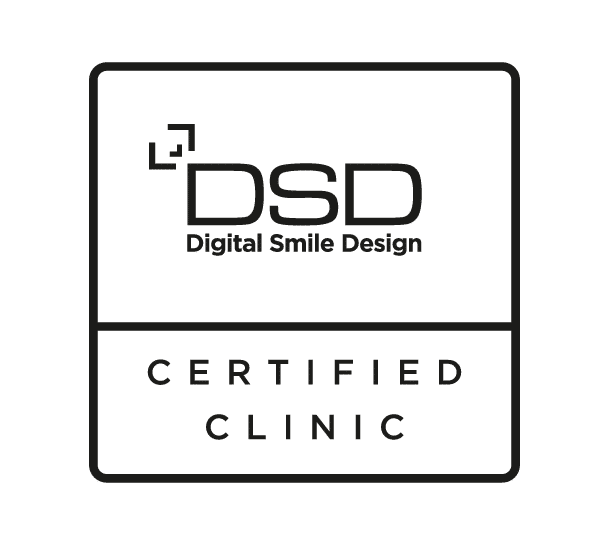
What is Orthognathic Surgery?
Orthognathic surgery is also called as corrective jaw surgery. This surgery is done by an oral and maxillofacial surgeon to repair a broad range of minor and major skeletal and dental defects, including deformation of the jaws and teeth.
Surgery can enhance respiration, biting, and speech. Although the appearance of the patient may be significantly changed as a result of the procedure, Orthognathic surgery is done to correct functional issues.
For a variety of reasons, your jaw may be misaligned. Maybe you had an injury that wasn’t properly fixed. Things may just have grown that way. Any of the conditions below may suggest the need for corrective jaw surgery.
>Difficulty in biting food or chewing
>Headaches and TMJ pain
>Difficulty swallowing
>Too much wear of the teeth
>Facial injury
>Birth defects
>Sleep apnea
>Protruding jaw
>Inability to keep the lips together without straining
>Chronic mouth breathing
>Receding chin and lower jaw
>Open bite, overbite, and underbite
>Snoring
Treatment plan
For most cases, before surgery, an orthodontist puts braces on the teeth. Normally, the braces are on for 12 to 18 months before the treatment to level and align the teeth in preparation for treatment. To build your treatment plan, oral and maxillofacial surgeons and orthodontists work together.
X-rays, models, and pictures of your teeth are a portion of your jaw surgery preparation. Sometimes, the variation in how teeth fit together will need either the teeth to be reshaped, the teeth to be covered with crowns or both to complete correction.
Computer- treatment preparation, 3D- CT scanning, and temporary orthodontic anchoring tools can be used to aid in teeth mobility and to reduce the braces period. Such efforts also remove the need for jaw surgery entirely.
Virtual surgical planning (VSP) can also be used to direct the surgeon to match and correct the location of the jaw section for the most appropriate outcome during the operation.
Before the procedure
As said above, Orthognathic surgery is generally performed by an oral and maxillofacial surgeon. Surgery is normally performed under general anesthesia. Surgery is performed in the hospital, which includes a stay of two or four days.
During the procedure
Surgery will usually take place inside your mouth, and there are no facial marks on your jaw, chin, or around your mouth. However, tiny incisions can often be needed outside your mouth.
The surgeon makes cuts to the jawbones and positions them in the correct place. Upon completion of the jaw movement, cables, screws, rubber bands, and tiny bone plates may be used to lock the bones into their new location.
For certain cases, the jaw can be reinforced with extra bone. The bone is transferred from your rib, hip or leg by your surgeon and sealed with screws and plates.
After the procedure
Your doctor will be giving you instructions after the surgery. Usually, they include:
>Foods to be eaten
>Oral hygiene habits
>Stopping strenuous tasks
>Avoiding Smoking habits
>Medicines to manage pain
>When to go back to school or work, usually in one to three weeks
Result
Initial jaw healing usually takes around 6 weeks after the operation but it can take up to 12 weeks for full healing.
>Correcting your teeth and jaws with a jaw surgery will result in:
>Balanced look in your lower face
>Improved Teeth Function
>Health benefits such as enhanced sleep, respiration, swallowing and chewing
>Improvement of speech disabilities
>Improved aesthetics
>Enhanced self-esteem



























